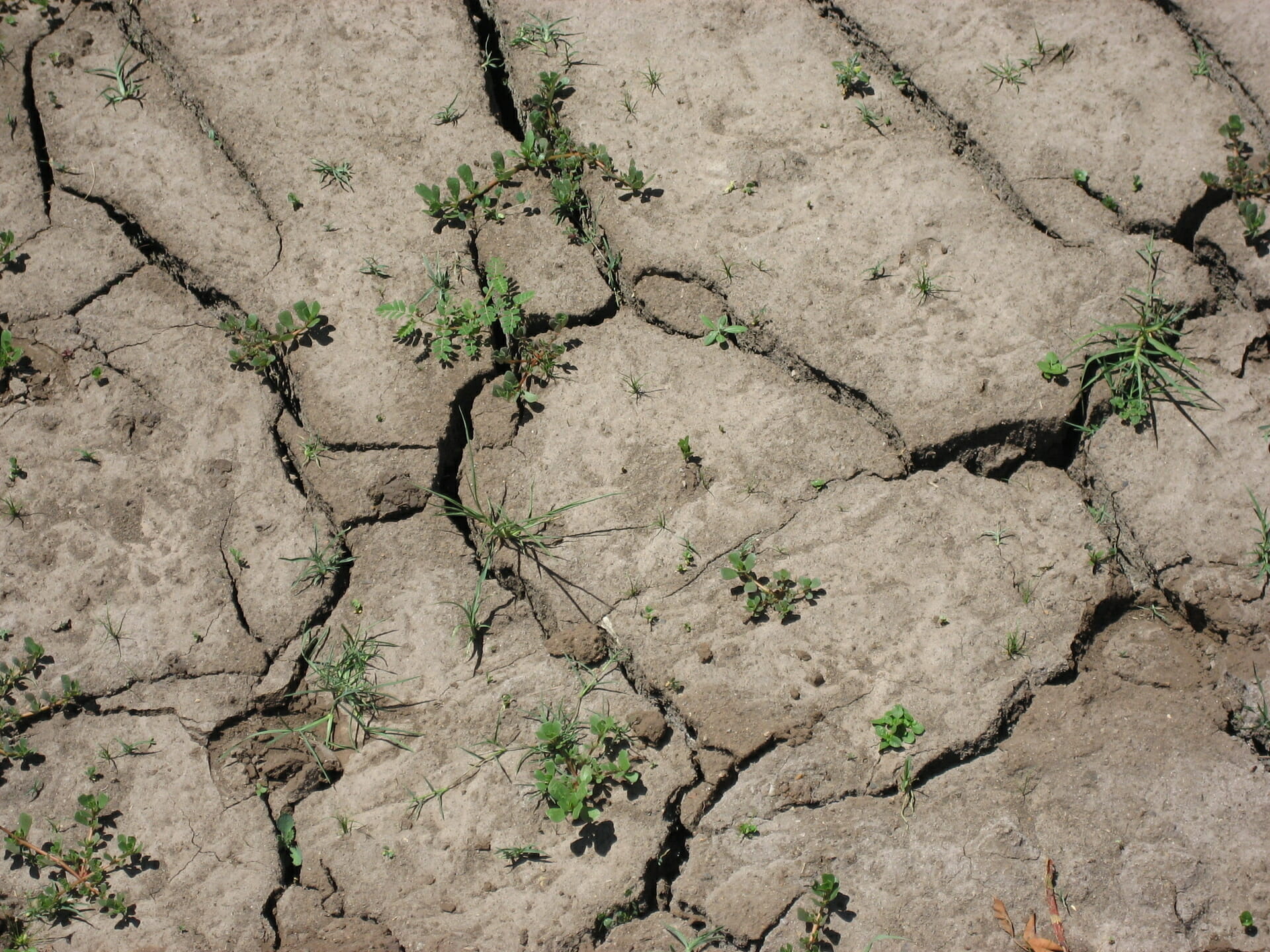Maintaining Grow Room Yields During Drought
Part I: 3 Keys to Keeping Your Water Needs Modest


Drought has recently become a major concern for some growers. States like Washington, California, and Oregon are seeing major drought issues- water is becoming increasingly scarce and restrictions are getting tighter. With surface water, groundwater, and other water sources drying up, new “water rights regulations” are being put in place; these regulations have increased the cost of water.
Sounds dismal, right? But limited clean water availability doesn’t have to doom you to lower plant yields. You can take a few basic measures that will:
- Reduce overall water consumption
- Maintain supplies of clean, usable water for plant growth without significant additions to supply, and
- Maintain the quality and volume of yields
Lights, CO2 supplementation, and dehumidifiers
Keys to efficient water use and conservation to combat drought
Lights
Lights are, of course, the source of grow room heat. However, if you keep light usage controlled so that temperatures maintain at ideal levels, plants won’t overheat, become stressed, and give you lower yields. Overheating forces plants to take up more water and then quickly transpire it, which can cause humidity overload when the lights go off. That leads to problems like powdery mildew, it also means that water is used less efficiently than it could be, a major consideration in drought conditions.
CO2 supplementation
Plants need CO2 supplementation during the day to facilitate increased photosynthesis, but not at night. At night, they exhale CO2 and take in oxygen just as humans do. What else do they exhale? Water. As mentioned above, grow room temperatures drop to their lowest at night, which can lead to condensation. To prevent mildew and other problems, remove this condensation. This is where dehumidifiers enter the picture. Recycle and reuse moisture from inside the grow room.
Dehumidifiers
Dehumidifiers are essential to maintaining optimal moisture levels in the grow room – and keeping you supplied with a good source of clean, readily accessible water even in drought conditions. Some growers enjoy debating this point, but the issue is settled as far as the science is concerned. With a couple of basic precautions and an occasional quick check with your existing meters, condensate water can be handled just like clean tap water. More on that next time.
Published on Oct 01 2015
Last Updated on Feb 18 2025
Categories: Agriculture, Drought, High Plant Yield, Reclaiming water
